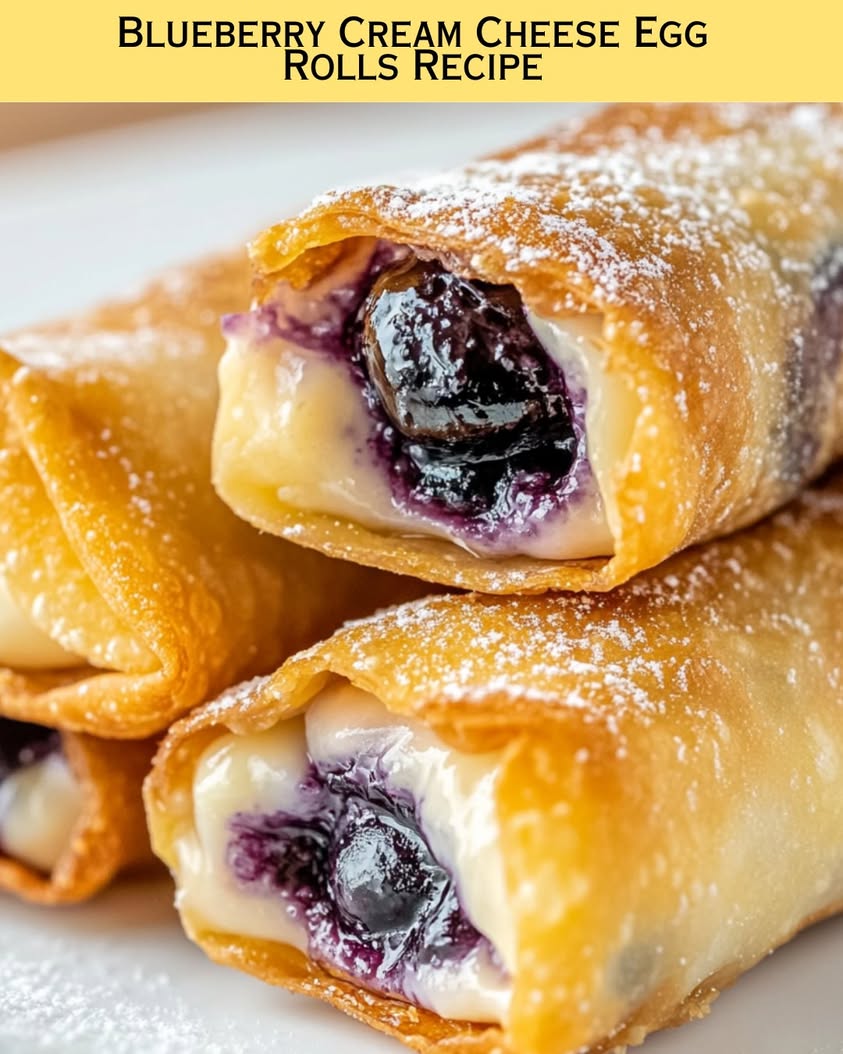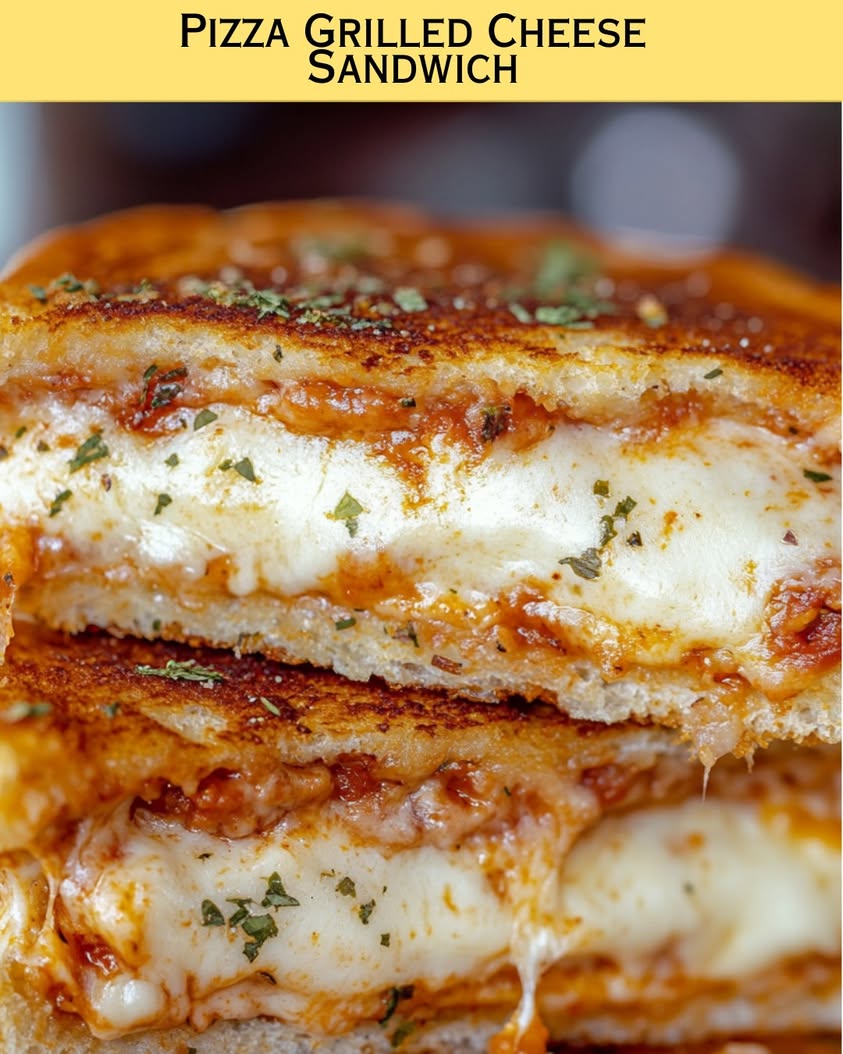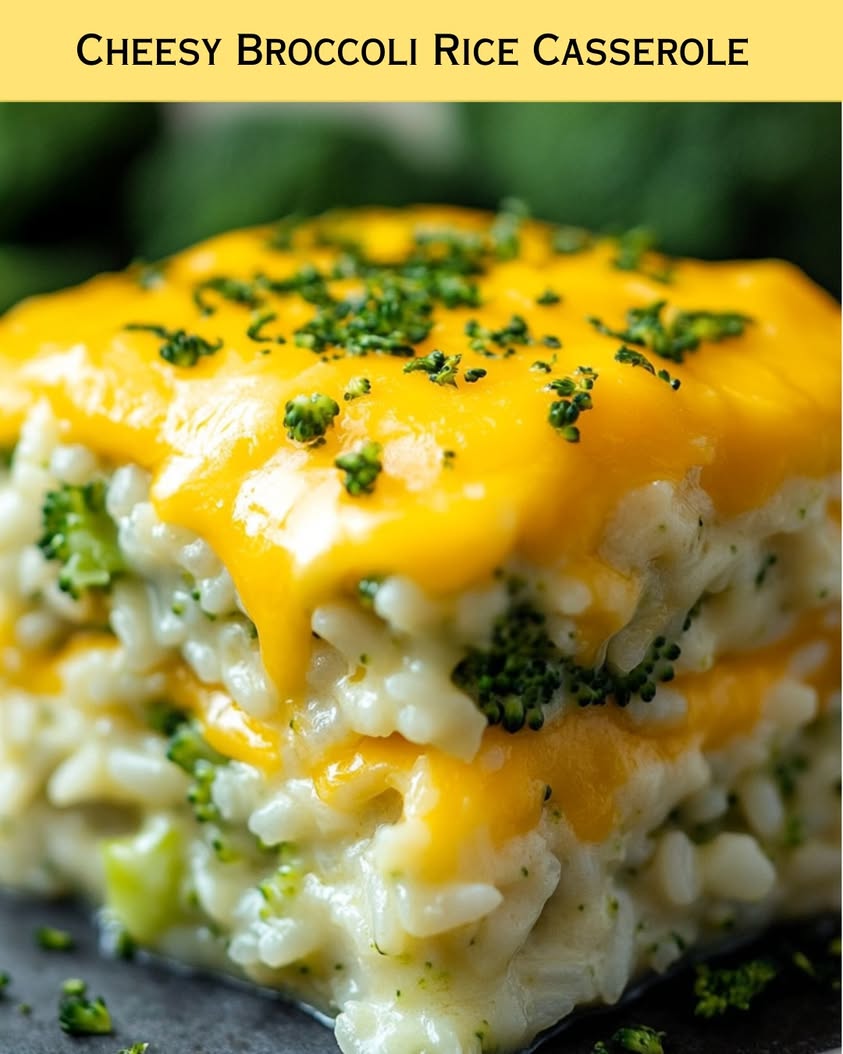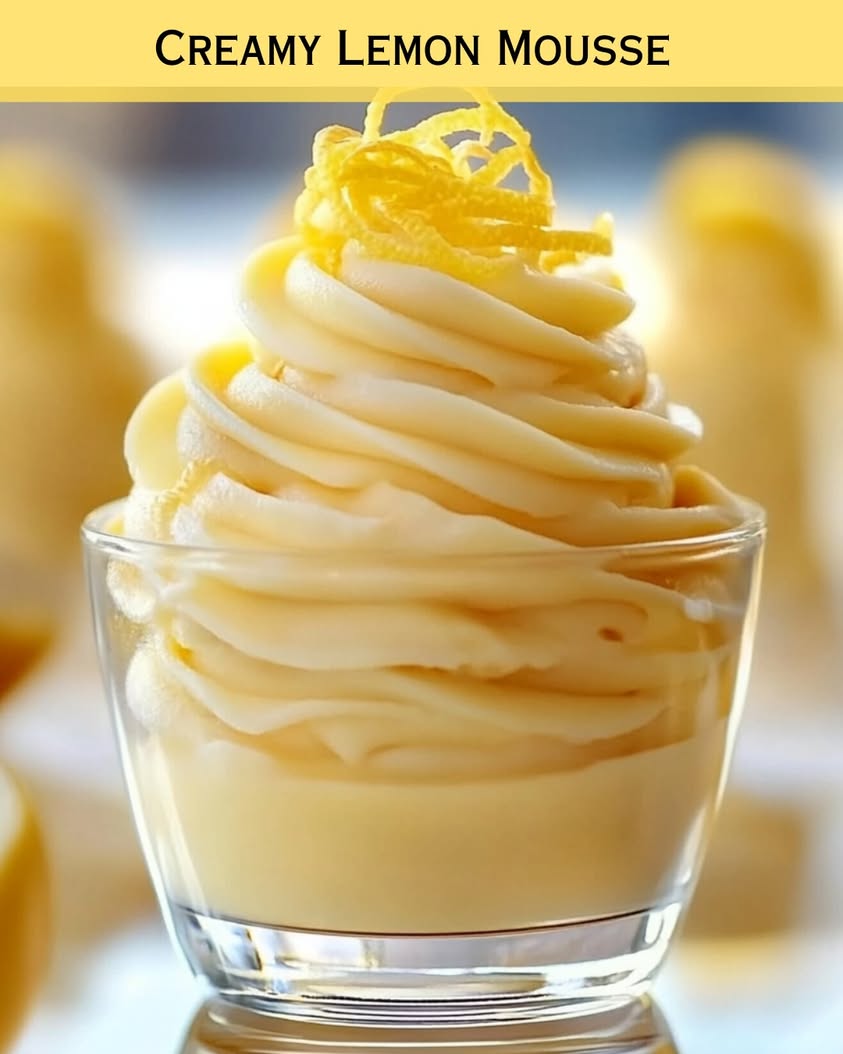Delicious Blueberry Cream Cheese Egg Rolls: A Sweet Treat You’ll Adore
Blueberry Cream Cheese Egg Rolls are a delightful dessert that perfectly marries the sweetness of blueberries with the creamy richness of cream cheese, all wrapped in a crispy egg roll shell. This recipe is not only simple to prepare but also offers a burst of flavor in every bite. When you take a bite into these golden treats, you’ll experience a satisfying crunch, followed by a warm, gooey center that’s filled with creamy cheese and sweet, fruity notes of blueberries.
Imagine serving these delectable egg rolls at your next family gathering or weekend brunch; they are sure to impress! Each bite is sprinkled with a hint of cinnamon and sugar, creating a delightful experience that tantalizes your taste buds. The contrast between the crispy exterior and the soft, creamy filling makes these egg rolls an irresistible treat that is both comforting and indulgent.
Quick Recipe Highlights
- Flavor Profile: A perfect blend of sweet and creamy flavors with a hint of spice.
- Texture: Crispy on the outside with a warm, creamy filling on the inside that melts in your mouth.
- Aroma: Inviting aromas of vanilla, cream cheese, and sweet blueberries fill your kitchen while cooking.
- Visual Appeal: Beautifully golden brown egg rolls with juicy blueberry peeking through.
- Skill Level Needed: This recipe is easy, making it accessible for all cooking levels.
- Special Equipment: You will need an frying pan or deep fryer for cooking.
Recipe Overview
- Difficulty Level: The easy-to-follow steps and minimal ingredients make this recipe a breeze, perfect for beginner cooks.
- Category: A sweet dessert option that satisfies cravings and can double as a fun snack.
- Cuisine: This recipe draws influences from Asian cuisine with a deliciously sweet twist.
- Cost: Budget-friendly, with ingredients that are commonly found and inexpensive.
- Season: Best enjoyed during blueberry season, but can be made year-round.
- Occasion: Perfect for special occasions, parties, or as a delightful family dessert any night of the week.
Why You’ll Love This Recipe
You’ll love the taste and texture appeal of Blueberry Cream Cheese Egg Rolls. The combination of the crispy wrapper and the soft, velvety filling creates an irresistible dessert that keeps you coming back for more. It’s a flavor explosion with the touch of sweet blueberries and creamy cheese, making it a favorite for both adults and kids.
Convenience is another reason to adore this recipe. With just a few simple steps and common ingredients, you can whip these up in under 30 minutes. This makes them an excellent choice for unexpected guests or last-minute party plans, providing a homemade dessert that looks gourmet.
Don’t forget about the nutritional advantages! Blueberries are packed with antioxidants and vitamins, making this dessert not only delicious but also a bit healthier compared to many other sweet treats. Paired with the protein in cream cheese, you get a satisfying snack that energizes you.
Social gatherings will benefit greatly from these egg rolls. They are easy to share and can be served with various dips, making them a fun conversation starter among guests. The aesthetic appeal of these treats has a way of catching the eye and drawing everyone in.
Finally, the cost-effectiveness of this recipe is impressive. Using basic pantry ingredients allows you to make a delightful dessert without breaking the bank. Plus, their versatility lets you experiment with other fillings if blueberries aren’t your preference.
Historical Background and Cultural Significance
The origin of egg rolls can be traced back to Chinese cuisine, where they were traditionally filled with meat and vegetables. Over the years, this classic has evolved, allowing sweet variations such as the Blueberry Cream Cheese Egg Rolls to emerge, which celebrate different flavors and ingredients.
Culturally, the introduction of sweet fillings into savory wraps illustrates how food adapts across different culinary traditions. In many cultures, sweet dishes like these are often reserved for special occasions, further elevating their significance when served at gatherings or celebrations.
The evolution of this recipe showcases the flexibility of traditional dishes. As people began experimenting with new flavors and textures, desserts like these started becoming popular in fusion kitchens that draw upon multiple culinary influences.
Regional variations are also interesting to explore; while this blueberry version is delightful, some might fill their egg rolls with seasonal fruits or chocolate, showing the creativity inspired by the original concept, ensuring there’s a flavor fit for everyone’s palate.
Ingredient Deep Dive
Blueberries hold a prominent place in this recipe, celebrated not only for their sweet-tart flavor but also their health benefits. Blueberries are rich in antioxidants, vital vitamins, and fiber, making them a nutritious addition to desserts. When selecting blueberries, look for firm, plump berries with a vibrant color, and store them in the refrigerator to keep them fresh longer. If fresh blueberries aren’t available, consider using frozen blueberries, which work just as well in this recipe.
Cream cheese is another key ingredient in this dish, providing a rich, creamy texture that perfectly balances the sweet blueberries. It has a long-standing history across cultures as a staple in desserts. When selecting cream cheese, opt for full-fat for the best results, ensuring each bite is decadent. This ingredient can be kept in the refrigerator for several weeks, but always check for freshness before using.
Egg roll wrappers, a component of this dish that can be found in most grocery stores, are a versatile option. These wrappers are usually made from flour, water, and sometimes egg, creating a thin, crispy shell. They can be easily stored in the fridge or freezer before use, making them convenient for last-minute recipes. If you’re looking for alternatives, consider using spring roll wrappers or even phyllo dough for a different texture.
Common Mistakes to Avoid
- Using stale ingredients can affect the taste; always check expiration dates.
- Overstuffing the egg rolls can lead to tearing during cooking, so maintain a reasonable amount of filling.
- Failing to seal the edges properly will allow the filling to leak out while frying; use water to seal edges securely.
- Not heating the oil sufficiently will result in soggy egg rolls instead of a crispy finish.
- Cooking at too high a temperature can burn the wrappers while leaving the filling cold; maintain a balanced heat.
- Skipping the dusting of sugar and cinnamon can mean missing out on that essential sweet crunch.
- Not letting the egg rolls cool before serving can lead to messy bites; allow them to rest slightly.
- Immediately serving without any sauces or accompaniments can detract from the overall flavor – serve with fruit sauces or whipped cream.
Essential Techniques
Mastering the filling technique is essential for perfect egg rolls. Make sure the filling is evenly distributed for consistent flavor in every bite. The key is to lay out the filling on the wrapper, fold the edges, and roll tightly, ensuring no gaps for leakage.
Frying is another crucial technique in this recipe. Maintain the oil temperature between 350°F and 375°F for optimal crispiness without burning. A good visual cue is to check for consistent bubbling in the oil when adding in the egg rolls, indicating they are frying correctly.
Pro Tips for Perfect Blueberry Cream Cheese Egg Rolls
– Make sure to use fresh blueberries for the best flavor; learn how to gently wash and dry them before use.
– For a gourmet touch, add a sprinkle of lemon zest to the filling for an extra layer of flavor.
– Experiment with different types of cream cheese, such as flavored varieties, for a unique twist.
– You can bake these egg rolls instead of frying for a healthier alternative; brush them with butter for a golden finish.
– Serve warm with a dipping sauce like vanilla cream or a berry coulis to enhance the dessert experience.
– Consider topping with powdered sugar for an elegant presentation.
Variations and Adaptations
– Regional variations can include incorporating local berries or fruits, such as strawberries or raspberries, that are in season.
– Seasonal adaptations could involve adding pumpkin spice mixture in fall or festive peppermint flavor during winter holidays.
– Dietary modifications might include using dairy-free cream cheese for a vegan-friendly version.
– You can personalize flavors by adding spices such as nutmeg or cardamom to the filling.
– For a heartier texture, consider adding chopped nuts or granola inside the egg rolls.
– Present them in a creative way on a beautiful serving platter, drizzled with chocolate or caramel sauce.
Serving and Presentation Guide
To plate your Blueberry Cream Cheese Egg Rolls beautifully, use a large white platter to highlight the vibrant colors of the egg rolls. Add a dusting of powdered sugar on top as a finishing touch, creating an eye-catching sweetness that immediately appeals to guests.
For garnishing, consider fresh mint leaves or additional blueberries scattered around the egg rolls for a pop of color and flavor. Pair your egg rolls with traditional accompaniments like a berry sauce or vanilla ice cream that complement the flavors nicely.
Ensure you serve them warm for the best flavor and texture experience. Allow for portions to be consistent so guests feel satisfied without going overboard. These thoughtful serving pointers help elevate your dessert presentations.
Wine and Beverage Pairing
A light Moscato or a sweet Riesling pairs beautifully with the flavors of the Blueberry Cream Cheese Egg Rolls. Their fruity notes complement the dessert, enhancing the blueberry flavor. Alternatively, non-alcoholic sparkling water with a splash of blueberry puree can offer a refreshing accompaniment.
For coffee lovers, serving a rich espresso or a lightly flavored latte can contrast well with the sweetness of the egg rolls, offering a delightful experience. Serve drinks chilled to contrast with the warm egg rolls and provide a refreshing balance.
Storage and Shelf Life
To store any leftover egg rolls, place them in an airtight container and keep them in the refrigerator for up to 3 days. If you want to enjoy them longer, consider freezing the egg rolls before frying; this way, they can last up to 3 months.
Signs of spoilage include an off smell, discoloration, or a change in texture, so always check before consumption. When reheating, ensure they are heated through thoroughly and feel free to toss them back into the fryer for that fresh, crispy texture.
Make Ahead Strategies
Prep these tasty egg rolls ahead of time by assembling them and keeping them in the fridge for later frying. They will stay fresh for several hours once wrapped; just be sure to cover them tightly to prevent drying out.
Consider a timeline where you prepare the filling in advance, allowing the flavors to meld beautifully, and then wrap them shortly before serving. This ensures they maintain their crispy texture when fried fresh.
When reheating, use an air fryer or oven instead for a quicker and healthier option, allowing them to crisp adequately for an unbeatable texture.
Scaling Instructions
When scaling this recipe for a larger crowd, simply double or triple the ingredients, being mindful of your frying capacity. If you’re halving the recipe, still keep an eye on cooking times, as fewer egg rolls can cook quicker.
Adjust the equipment used based on your batch size; a larger fryer or more pans can ease the process. Timing modifications may be helpful if you are multitasking with different dishes, so always have a watchful eye on your cooking process.
Be sure to store portions appropriately; keeping leftovers in suitable containers ensures quality and taste retention.
Nutritional Deep Dive
These Blueberry Cream Cheese Egg Rolls offer a satisfying blend of flavors while packing some nutritional value. The base of this dessert caters to a balance of macros— carbohydrates from the wrappers, fats from cream cheese, and a good amount of fiber and vitamins from the blueberries.
Delving into the micronutrient analysis, blueberries are particularly rich in Vitamin C, Vitamin K, and various antioxidants that contribute to overall health benefits. Cream cheese adds protein and calcium, making the dessert more filling.
While enjoying this treat, it’s useful to analyze portion sizes; indulgence is delightful but always keep moderation in mind for a healthy lifestyle, even when treating yourself.
Dietary Adaptations
– For those following a gluten-free diet, substitute traditional egg roll wrappers with gluten-free alternatives or create your own wrappers from rice flour.
– A dairy-free option can use a vegan cream cheese made from nuts or soy for a satisfactory creamy filling.
– For a low-carb version, consider using almond flour wrappers or zucchini strips instead of traditional wrappers.
– Keto-friendly adaptations can consist of omitting sugar in the filling and using erythritol or another low-carb sweetener instead, ensuring a satisfying alternative.
– Paleo followers can create a nut-based dough to serve as the wrapper while using natural sweeteners in the filling.
Troubleshooting Guide
If your egg rolls have texture issues, such as being too soggy, ensure you maintain an appropriate oil temperature and don’t overcrowd the pan while frying.
For flavor balance, if the filling feels flat, consider adjusting sweetness levels through additional sugar or a splash of lemon juice to enhance the blueberries’ essence.
Temperature problems can be tricky. If the egg rolls are cold inside when the outside is done? Lower the heat and cook them longer at a steady temperature to achieve thorough cooking.
Should you run into equipment challenges like not having a fryer, don’t fret! They can also be baked—simply brush with oil and bake until golden.
Recipe Success Stories
Many in the community rave about their successful attempts with these Blueberry Cream Cheese Egg Rolls. Readers often celebrate creative variations, from swapping out fruits to using different dips, contributing to the rising popularity of this recipe.
User-generated photography showcases the beautifully plated egg rolls and garnishes, providing inspiration to others. The welcoming community encourages sharing adaptation stories, fostering creativity and collaboration.
If you decide on these tasty treats for your next gathering, readers suggest preparing extra, as they often disappear quickly! Being adaptive and wanting to share with family and friends is a cherished element in their recipe experiences.
Frequently Asked Questions
Can I make these egg rolls ahead of time?
Yes, you can prepare the filling and wrap the egg rolls ahead of time! Keep them in the fridge until you’re ready to fry them.
What can I substitute for blueberries?
Feel free to experiment with other fruits like raspberries, strawberries, or even chocolate chips for a different flavor profile.
Can I bake these instead of frying?
Absolutely! Bake them at 400°F for about 15-20 minutes, brushing with oil for a crispier texture.
What are good dipping sauces for this dessert?
A berry sauce, chocolate sauce, or even whipped cream pairs beautifully with the egg rolls.
Can I freeze the egg rolls after cooking?
Yes, you can freeze cooked egg rolls. Place them in an airtight container, and they will last up to 3 months.
How do I prevent the egg rolls from getting soggy?
Ensure your oil is hot enough when frying and avoid overcrowding the pan to keep the frying temperature consistent.
What’s the best way to serve these egg rolls?
Serve warm with a sprinkling of powdered sugar and a choice of dipping sauce to enhance their appeal.
Can these egg rolls be made gluten-free?
Yes! Use gluten-free wrappers or make your own with gluten-free flour for an alternate version.
What is the best way to store leftovers?
Store leftovers in an airtight container in the refrigerator for up to three days, or freeze for later use.
Are there any nutritional benefits to these egg rolls?
Yes, they contain blueberries which are high in antioxidants and vitamins, and cream cheese adds protein.
Additional Resources
If you enjoyed these Blueberry Cream Cheese Egg Rolls, you might want to check out other related recipes like Apple Cinnamon Rolls or Strawberry Cheesecake Bites, which also offer delightful flavors.
For technique guides, explore resources on how to perfectly deep-fry at home, ensuring a crispy finish every time.
Find helpful equipment recommendations, such as a quality frying pan or a deep fryer to enhance your cooking experience in the kitchen.
For those keen on seasonal variations, delve into recipes featuring autumn spices or summer fruits that pair wonderfully with this delicious egg roll concept.
Join the Conversation
We’d love to hear from you! Share your experiences with making Blueberry Cream Cheese Egg Rolls on social media, and don’t forget to include photos of your creations.
Engage with others in the community by commenting with any unique adaptations you tried or sharing your favorite serving suggestions.
We encourage recipe reviews to help others discover this crowd-pleaser. Your feedback not only helps us improve but also assists fellow bakers in mastering this recipe.
Promote engagement by asking questions or seeking tips from others who have attempted similar desserts. It’s all about building a community around food and flavors!
The Recipe
Blueberry Cream Cheese Egg Rolls
Serves: 12 egg rolls
Prep Time: 20 mins
Cook Time: 10 mins
Total Time: 30 mins
Kitchen Equipment Needed
- Frying pan or deep fryer
- Mixing bowl
- Spatula
- Measuring cups and spoons
- Paper towels for draining
Ingredients
- 1 cup fresh blueberries
- 1 package (8 oz) cream cheese, softened
- ½ cup sugar
- 1 teaspoon vanilla extract
- 1 teaspoon cinnamon
- 12 egg roll wrappers
- Oil for frying
- Powdered sugar for garnish (optional)
Directions
- In a mixing bowl, combine cream cheese, sugar, vanilla extract, and cinnamon until smooth.
- Gently fold in the blueberries, being careful not to mash them.
- Place an egg roll wrapper on a clean surface with one corner facing you.
- Add 2 tablespoons of the filling to the center of the wrapper.
- Fold the bottom corner over the filling, then fold in the sides, and roll tightly to seal.
- Repeat until all filling is used.
- Heat oil in a frying pan or deep fryer to 350°F.
- Carefully add the egg rolls to the hot oil and fry for 2-3 minutes or until golden brown.
- Remove them from oil and drain on paper towels.
- Sprinkle with powdered sugar if desired, and serve warm.
Recipe Notes
- For a healthier option, you can bake these egg rolls at 400°F for 15-20 minutes instead of frying.
- Experiment with other fruit fillings such as strawberries or chocolate.
- Make ahead and refrigerate for a quicker fry time when you’re ready to serve.




